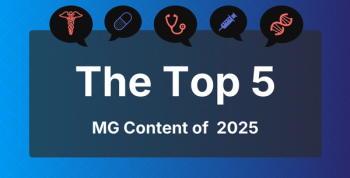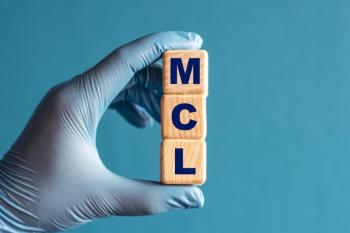
Highlighting Disparities Among AAPI Women With Lung Cancer: Tabby Khan, MD, MPH
Seventy percent of Asian American and Pacific Islander women diagnosed with lung cancer were non- or never-smokers, highlighting a need to rethink lung cancer screening to reduce disparities.
Seventy percent of Asian American and Pacific Islander (AAPI) women diagnosed with lung cancer were non- or never-smokers in a dataset analyzed by
The full-stack AI native platform evaluated a dataset of more than 338 deidentified patient journeys. It is programmed to identify trends, patterns, and gaps in care, amongst other things, to consolidate specific outcomes for the female AAPI population. The clinical team identified patients in their database using the International Classification of Diseases, 10th revision, Clinical Modification codes (ICD-10-CM). The primary codes they assessed patients for were C34 and its child codes, which included malignant neoplasm of the bronchus, the lung, and various lobes of the lung.1
The American Journal of Managed Care® spoke with Tabby Khan, MD, MPH, senior director of analytics at Komodo Health, to learn more about the data insights and actionable steps to improve health care for individuals worldwide. From the data, patients were categorized by demographics. The analysis revealed that AAPI women have nearly 3 times the rate of non-smoking lung cancer when compared with White women, 3.6 times the rate when compared with Black women, and 1.7 times the rate when compared with Hispanic/Latina women.
“I think this is one of those areas where women need to speak with their doctors. There needs to be better access to care, and there needs to just be more education about it,” Khan said.
Research suggests numerous factors may be contributing to such high rates of non-smoking lung cancer in AAPI women, some of which include genetic variants, environmental factors, air pollution, second-hand smoke, and even hormonal factors. More specifically, certain genetic mutations, like those of the EGFR gene, which are significantly more prevalent in East Asian populations, can drive lung cancer progression and development. Environmental factors like increased exposure to cooking fumes while working with specific oils at high temperatures have also been associated with increased lung cancer risk in Asian women.2
The analysis highlights the importance of rethinking screening guidelines, which currently primarily target individuals with a prevalent smoking history, disregarding at-risk AAPI women who are non-smokers. Physicians should aim to be more inclusive in their criteria for screenings, given the risk factors of genetic mutations, environmental exposures, and demographic patterns, Khan said.
“As we move towards more of a personalized medicine construct, which we certainly are, I think that race as well as gender are going to play a really big role in making sure that each patient gets the appropriate care,” Khan said.
References
2025 ICD-10-CM diagnosis code C34.90: Malignant neoplasm of unspecified part of unspecified bronchus or lung. Accessed July 16, 2025.
Freckelton E. Beyond the smoke: Understanding lung cancer in AAPI women during Asian American and Pacific Islander Heritage Month. Komodo Health. May 28, 2025. Accessed July 16, 2025.
Newsletter
Stay ahead of policy, cost, and value—subscribe to AJMC for expert insights at the intersection of clinical care and health economics.







































